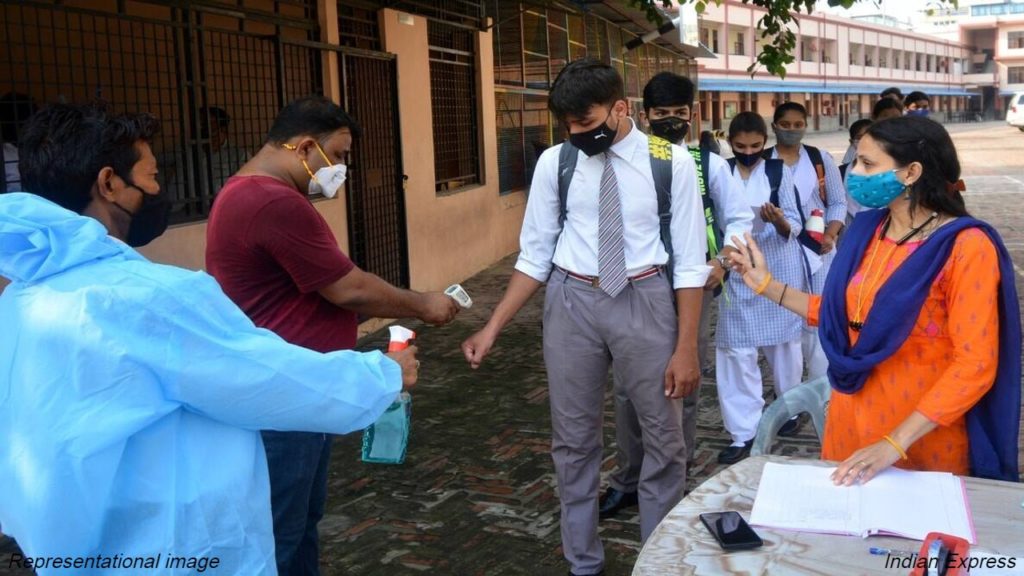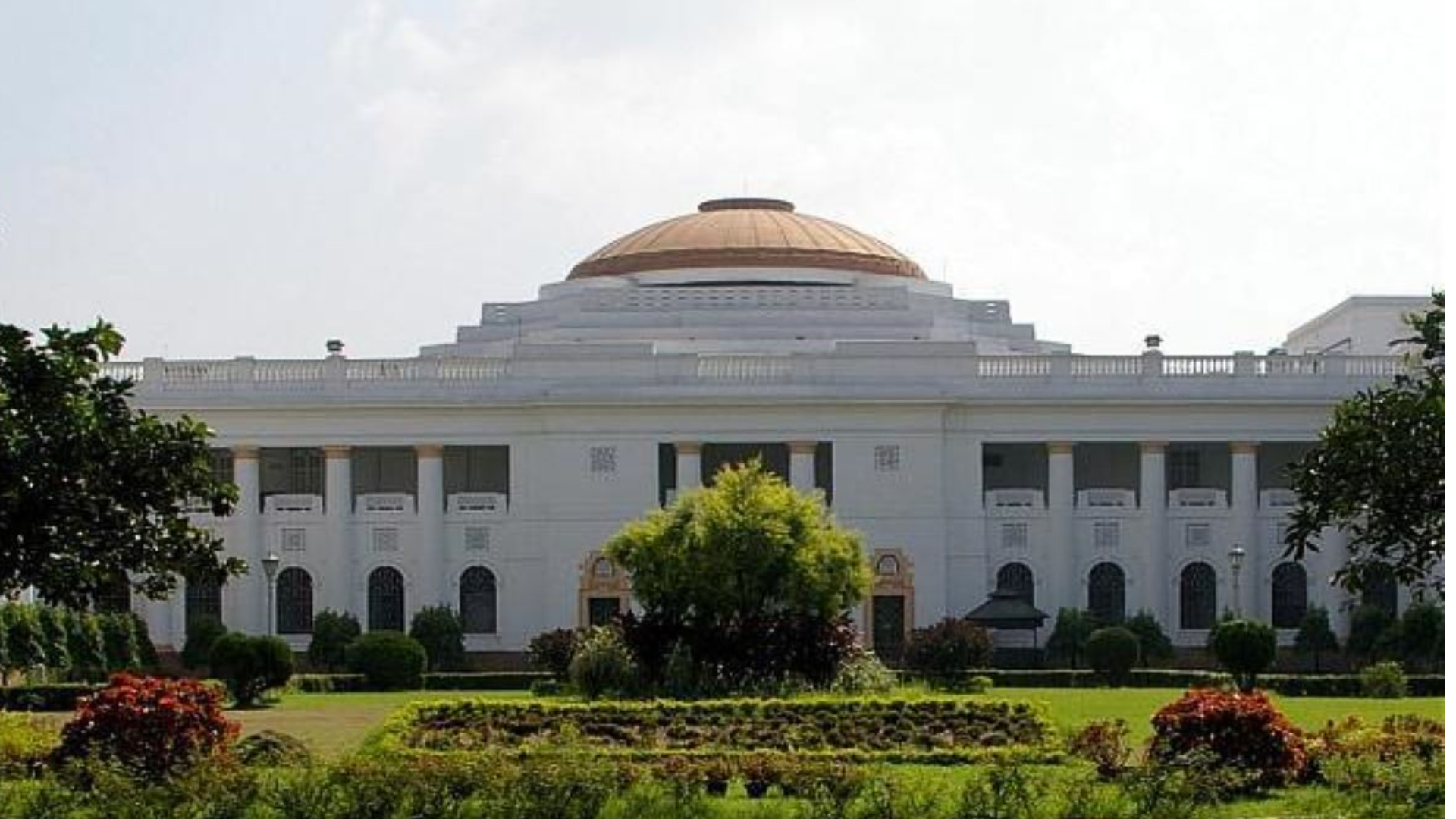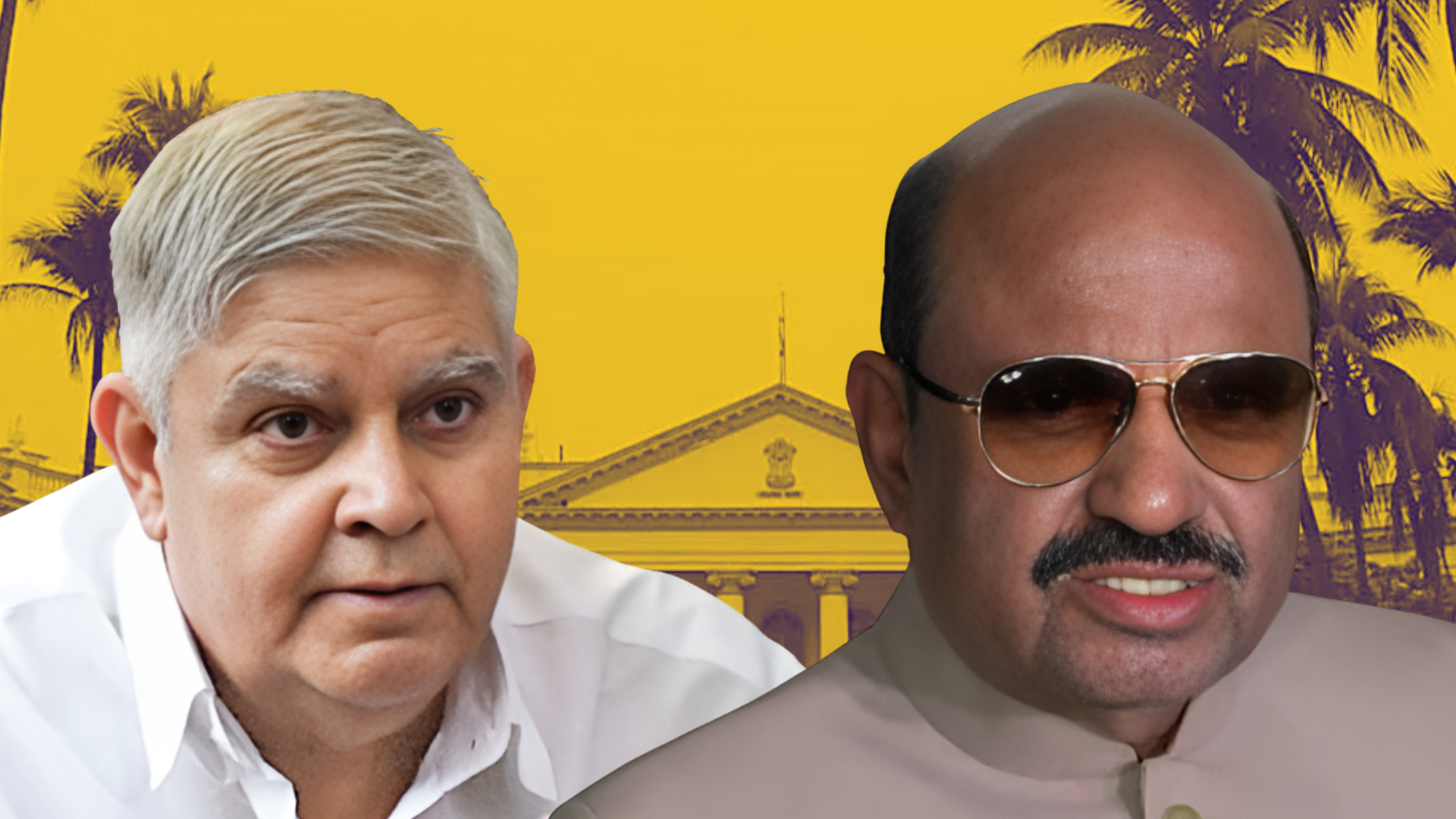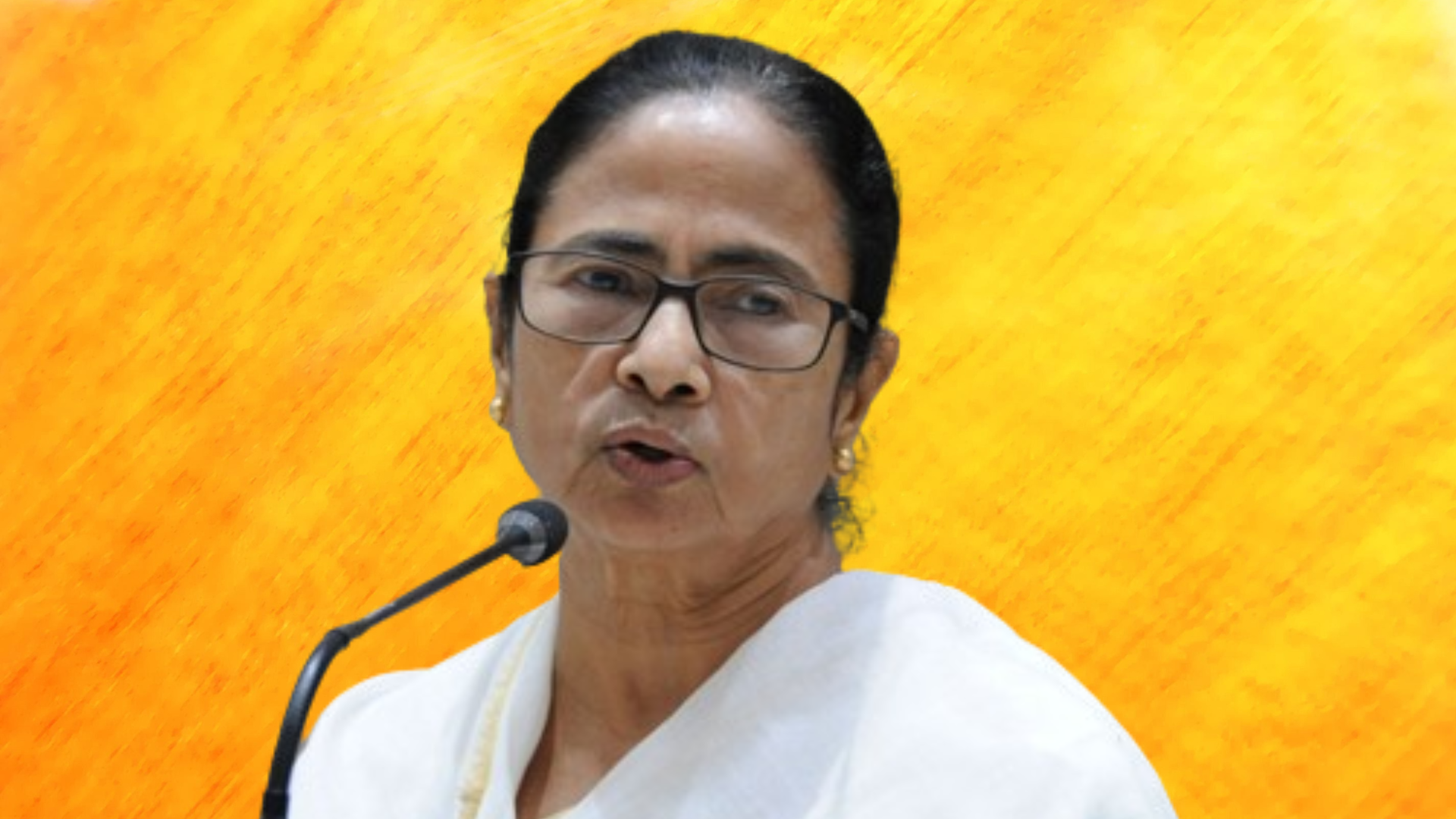Schools and colleges reopen in Bengal, with pandemic precautions in place

For the first time since March 2020, schools and colleges in Bengal, both government and private, started functioning from Tuesday. While schools can allow students only from classes 9 to 12, colleges and universities can start both undergraduate and postgraduate classes, but with physical distancing measures mandatory.
Schools and colleges across Bengal reopened on Tuesday, with the necessary precautions in place. All the schools had been closed for almost 20 months, from March 2020, due to the COVID-19 pandemic.
As per a notice issued by the School Education Department in October, only students from classes 9 to 12 will be allowed in. Classes for junior and middle school students will continue in the online mode for now, state Education Minister Bratya Basu said recently.
Principals and vice-chancellors had been asked to make sure the buildings were ready, with proper sanitisation and physical distancing measures in place inside classrooms. Schools have also asked students not to share their tiffin to prevent close interaction, and there will be no games classes as well.
Many principals have said that their schools, for the time being, will concentrate on core subjects and studies—languages, mathematics, physical science, life science and social science.
Across Bengal, students queued at school gates since morning as per the schedules announced by the state government for the secondary and higher secondary sections, the segregation done to minimise mingling and thus reduce the possibility of the spread of COVID-19.
Teachers and staff welcomed the students with sanitiser bottles and thermal guns (to check their temperature), and could be seen advising them to keep their masks on properly at all times.
Many of the students were visibly happy after getting to interact physically with fellow students and teachers after such a long time.
“Students have suffered a lot due to closure of educational institution campuses for over one-and-a-half years. … But since the Covid situation still hasn’t gone and there has been a rise in infection in the state … [s]chools should be opened in a phased manner,” educationist Nrisingha Prasad Bhaduri told Mint.
The headmistress of Manimala High School in Asansol, Ranjana Roy Choudhury had a suggestion—students of higher and lower classes should be allowed to attend classes on different days to avoid crowding.
Also speaking to Mint, the headmaster of Jadavpur Vidyapith in Kolkata, Parimal Bhattacharya, said the school administration had initiated steps to sanitise the premises before the Puja vacation.
Many of the students and teachers were also happy to resume physical classes because though classes have been going on in online mode all this while, not everyone can afford a dedicated smartphone or a computer, and even if they have one, not the cost of a stable data connection.
As the teacher of a government school in north Kolkata told The Times of India, “It feels so good that the children will be back among us in the school; in institutions like ours, online can never be an equal alternative to face-to-face interaction between students and teachers.”
Another issue that will affect government schools was pointed out by Krishnakoli Ray, headmistress of Dhakuria Sree Ramakrishna Vidyapith for Girls in Kolkata, and until recently, the principal of Joynagar Institution for Girls on the rural fringes of the city, while talking to The Hindu.
“The challenge for schools, more so the government-run ones, is about how the students respond to the reopening—whether they throng back or have got out of the habit due to the long closure. While students in upscale English-medium schools are likely to get back in full force, I fear many in government schools, both in urban and rural areas, may have dropped out. Only time will tell whether they can be brought back to the system.”
Several of the bigger schools are also taking their time to assess the situation before reopening. For example, Calcutta Boys’ Schools will restart classes from November 22 while Shri Shikshayatan School will continue in the online mode for now.
Higher education
As for colleges and universities, both undergraduate and postgraduate classes can be held. Many institutions have halved the number of students who can sit in a classroom, and opened up halls to accommodate all the students.
“All arrangements are being made for keeping the campuses clean and sanitised. Effective steps have been taken for ensuring double vaccination for most students. Public health imperatives are paramount,” University of Calcutta Vice-Chancellor Sonali Chakravarti Banerjee told The Hindu.
Siuli Sarkar, the principal of Lady Brabourne College in Kolkata, told Mint pretty much the same.
Debasish Mondal, teacher-in-charge at St Paul’s Cathedral Mission College in Kolkata, told The Hindu said that while online classes worked out well, practical classes were suffering and therefore it was important that students returned to the colleges.
He also said that in his college, “[a] class of 15 will move to a room that can hold 30” while “a class of 30 will move to a hall that can accommodate 60”, the idea being to ensure physical distancing.
Many of the colleges and schools have also tied up with nearby hospitals, to send in anyone showing symptoms of COVID-19 immediately.







